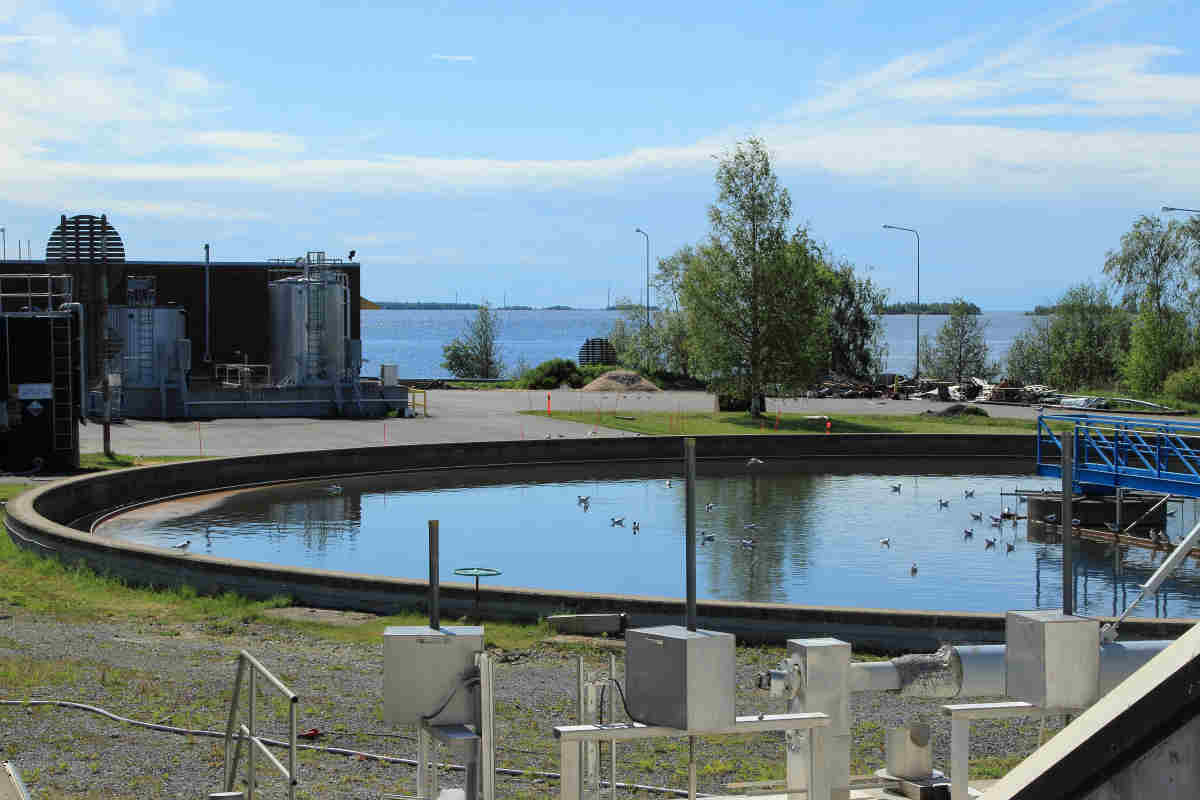
Top Sustainable Cities In The World
As people around the world become more aware of the effects of climate change and how important it is to be sustainable, cities are taking steps to become more sustainable.
These cities are leading the way in making the world a better place by coming up with new ways to reduce their carbon footprints and encourage people to live in a sustainable way.
The most sustainable and environmentally friendly cities.
Stockholm, Sweden
Another city that is a leader in being good to the environment is Stockholm.
The city wants to stop using fossil fuels by 2040, so it is investing in renewable energy and sustainable transportation, encouraging people to use less trash and recycle, and building parks and other green spaces.
Copenhagen, Denmark
Copenhagen has been called the most environmentally friendly city in the world for a long time.
The city wants to be carbon neutral by 2025 and is working on a number of projects to get there, such as investing in renewable energy, promoting green ways to get around like biking and electric buses, and putting in green roofs and walls.
Oslo, Norway
Oslo wants to be carbon neutral by 2030, so it is investing in renewable energy, promoting environmentally friendly ways to get around, and building green roofs and walls. The city is also trying to recycle more and throw away less.
Washington, Seattle
Seattle is doing a good job of being sustainable in many ways. For example, it has more parks, forests, and fields than almost any other city in the US.
It has good air quality most of the time, which is partly because of the Clean Car Law.
In the state of Washington, it is against the law to drive a car that doesn’t pass an emissions test.
To reduce air pollution, there is a Clean Buildings law that says “owners of non-residential buildings over 50,000ft2 must benchmark energy consumption, meet an energy performance target, set up an energy management plan, and implement an Operations & Maintenance programme.”
This law was passed in 2019, but people will have to take part starting in 2026.
Alternative ways of getting around are another way to cut down on air pollution.
This is important for Seattle because the city is having trouble meeting its greenhouse gas emission goals.
Since 2016, GHG emissions in King County have gone up by 1.1%, but this means that overall emissions have gone down by 4.1%.
During the wildfires in the second week of September 2022, however, Seattle had a reading of 153 PM 2.5. This was the most pollution the city had seen in two years.
Tokyo, Japan
Tokyo is the leader in the world when it comes to sustainable transportation for cities.
This is shown by The Tokyo Metropolitan Government’s (TMG) vision for 2021, Future Tokyo:
Tokyo’s Long-Term Strategy.
This plan was made to be a guide for the goals and projects that will make life in a busy city more sustainable through “digital and advanced technologies, including a study of the increased use of next-generation mobility.”
Most of the ways to get around in Tokyo are public transportation or non-motorized vehicles like bicycles.
Unlike many other big cities around the world, only 10% of the way people get around is by car.
This is also because of the way the city is built, with a lot of narrow streets or traffic rules.
The goal of micro mobility, which involves using smaller vehicles than cars, is not only to cut down on CO2 emissions but also to improve the quality of life by reducing traffic and noise.
The Japanese capital wants to have net-zero emissions by the year 2050.
This is a big goal for any city, but it’s not impossible, especially since its green financial market keeps setting new records.
In fact, the sale of sustainability, social, and green bonds grew 47 times between 2016 and 2020.
Tokyo’s economy, international reputation, government, and technology are all very strong.
The city got a lower score for urban planning, transportation, and mobility.
The Japanese capital wants to have net-zero emissions by the year 2050.
This is a big goal for any city, but it’s not impossible, especially since its green financial market keeps setting new records.
In fact, the sale of sustainability, social, and green bonds grew 47 times between 2016 and 2020.
London, UK
Sadiq Khan, who is the mayor of London, is coming up with a plan to change how people get around.
London wants to have zero emissions by the year 2050.
This will be possible thanks to the Ultra Low Emission Zone and the Toxicity Charge.
All of these plans are meant to help reach the goal of making central London a “zero-emission zone” by 2025.
By 2050, the goal will be to make the whole city a “zero-emission zone.”
London also has a better balance between work and life than the rest of the country.
For example, the average working week in London is shorter than most other places in the UK.
The average number of hours worked per week in the UK is 39.1, but Londoners work around 38.1 hours.
Washington D.C
Human capital, technology, government, and urban planning are all strong in Washington D.C., but social cohesion and the environment could use some work.
Singapore
Singapore’s strong points are its technology and international reputation.
The city state’s weaker points are its environment and mobility.
Singapore has taken steps to reduce its carbon footprint, such as investing in renewable energy, promoting environmentally friendly ways to get around, and putting up green roofs and walls.
The city also wants to save water.
By 2030, they want to cut water use by 35%.
San Francisco, California
For a busy city like San Francisco, it’s important to have a good transportation system.
The city’s multi-modal transit system and the transportation network as a whole are trying, through a number of projects, to help the environment instead of hurting it.
Some examples are:
Biking: the city made better biking facilities and paths because just one person switching from driving to biking could save up to 1.9t of CO2 per year.
Pedestrian safety: to help local businesses and reduce traffic congestion, the city made sure that pedestrians are safe.
Transit: San Francisco’s low-carbon transportation system is built around well-planned public transit that runs on clean energy.
But San Francisco also has a very well-run system for getting rid of trash.
In fact, around 77% of the city’s waste is recycled, and composting is required.
San Francisco is known for being environmentally friendly for a number of reasons, including its food, transportation, and water use.
The last three cities on the list are all in northern Europe, and they tend to do well in many different ways.
Amsterdam, The Netherlands
Amsterdam does very well when it comes to technology.
The city’s public transport is also very good. With an OV chip card, you can travel as much as you want.
The public transportation system also helps cut CO2 emissions. The goal is to cut them by 55% by 2030 and by 95% by 2050.
By 2050, all transportation in Amsterdam will be emission-free. By 2040, natural gas will no longer be used.
The Dutch city also wants to become a “circular city” by 2050, which means that everything it makes will be able to be recycled or used again.
Amsterdam wants to be free of carbon emissions by 2050, so it is investing in renewable energy, encouraging green ways to get around like biking and electric cars, and making green roofs and walls.
The city is also trying to recycle more and throw away less.
Paris, France
Many green and sustainable projects are happening in the city of love because of its mayor, Anne Hidalgo.
In the last five years, for example, more than 900 miles of bike lanes have been built around the city, and many important roads have been closed to traffic to cut down on pollution and trash.
In 2024, all diesel cars will be banned, and in 2030, petrol cars will be banned as well.
Hidalgo wants to plant almost 200,000 trees in Paris by 2026. This will make green spaces in half of the city.
Pollution in most cities comes from transportation, and Paris is no different.
It does, however, have a number of green transportation projects and ideas that make the city more eco-friendly.
By 2025, all Paris buses will be electric, but the city wants people to use non-motorized transportation like bikes and the Vélib’ service instead.
These cities have demonstrated that commitment, creativity, and cooperation are the keys to achieving sustainability.
These cities are laying the foundation for a more sustainable future by introducing programmes to lessen their carbon footprint, encouraging sustainable living, and investing in renewable energy.


